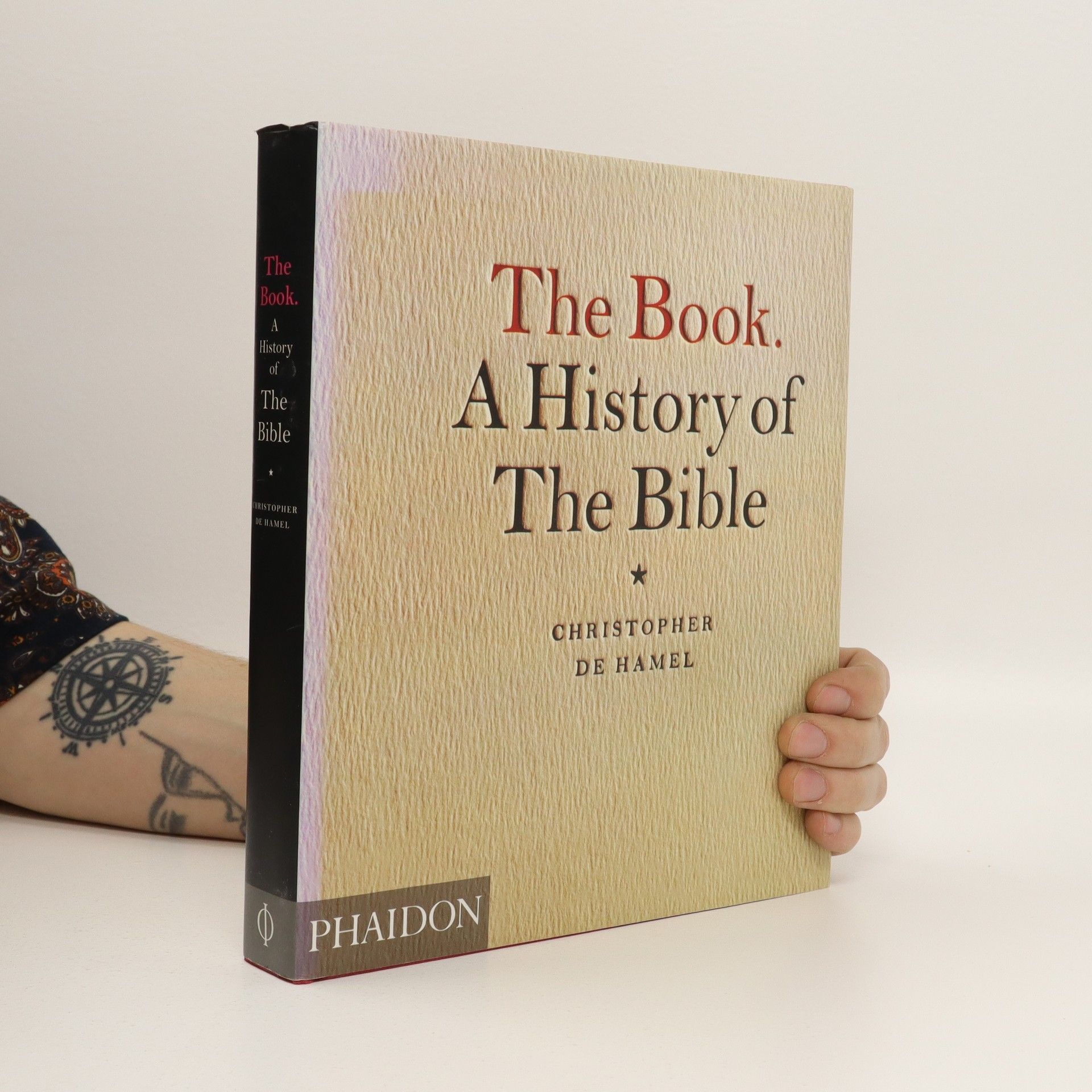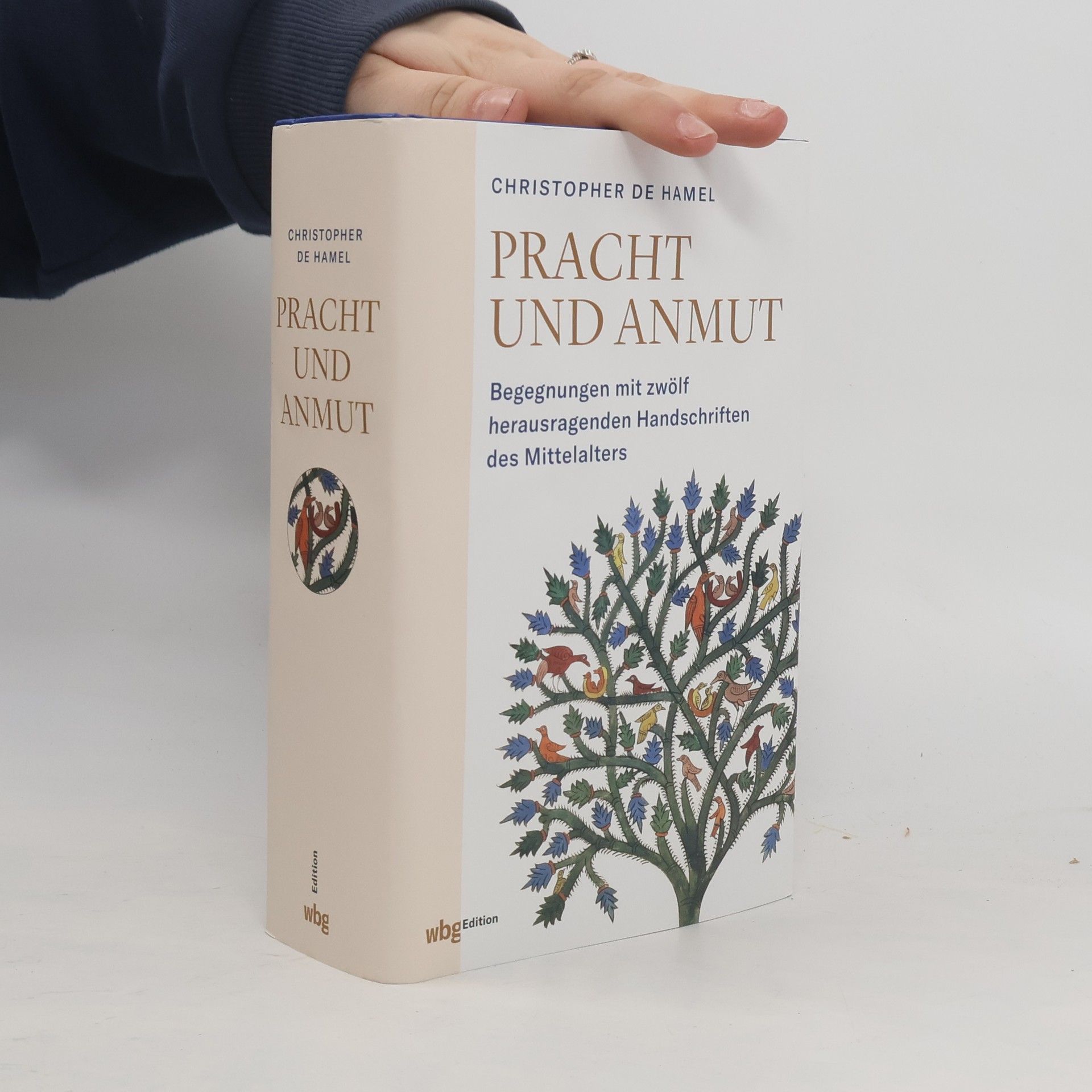The Manuscripts Club
The People Behind a Thousand Years of Medieval Manuscripts
- 624 pages
- 22 hours of reading
Focusing on the lives of twelve individuals from the eleventh to the twentieth century, the narrative explores their shared obsession with illuminated manuscripts. Each character, from saints to curators, reveals unique motivations that intertwine their fates with these historical treasures. The author takes readers through various settings, highlighting the profound societal impact of manuscripts. This account delves into themes of human connection, ambition, and the complexities of manuscript preservation, celebrating the enduring significance of these remarkable works.



